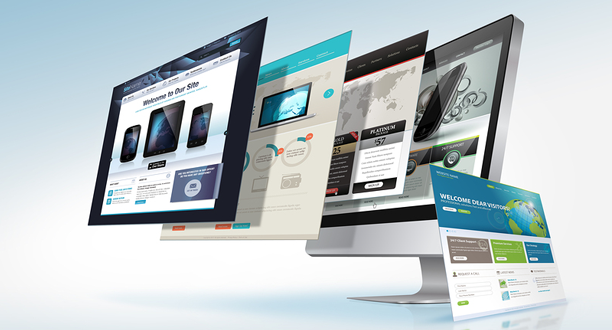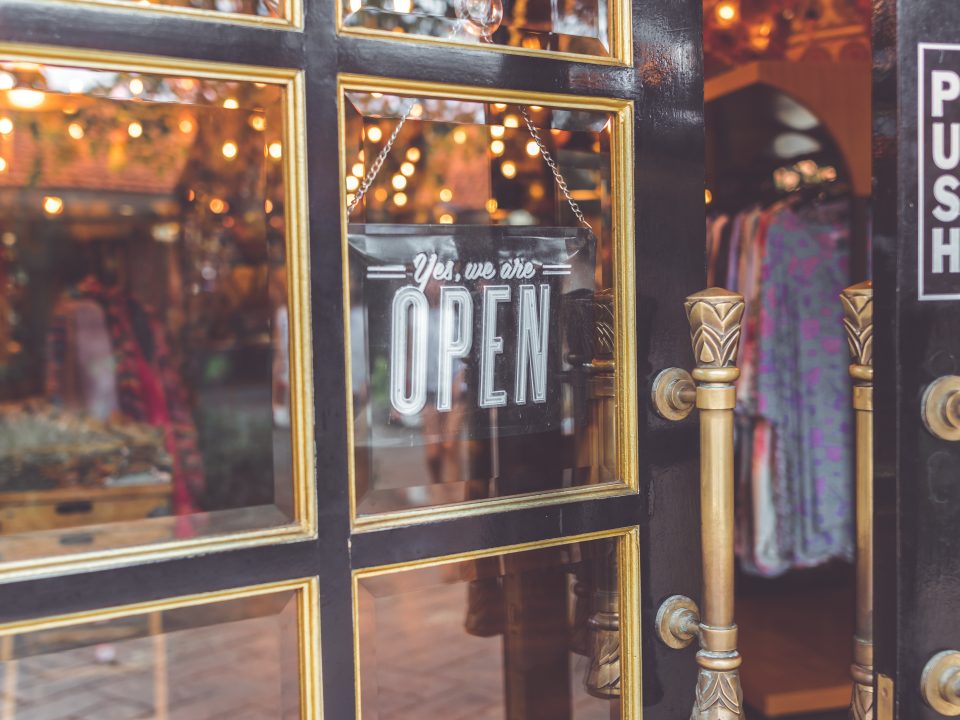
How to Make the Most of Your Landing Pages
August 29, 2013
5 Juggling Tips for Social Media Managers
September 5, 2013By now, almost every retailer knows how to leverage Facebook and Twitter to spread their brand. They regularly invite people to like their page and check-in to their locations, as well as post photos and status updates. They know how to conduct tweet chats and get their point across in 140 characters or less. But do they know how to use some of the most commonly used social media sites of the constant consumer?
Consumers don’t usually look to Facebook or Twitter to shop. Instagram, Pinterest and Tumblr allow consumers to spend hours and hours getting inspired by photos of products and items, browsing brands and brainstorming their next purchases. Smart brands are leveraging these tools to make a stronger impact on a more specific audience.
Tumblr
While Facebook and Twitter are great tools, they don’t allow users to design their own pages and themes from top to bottom. They also limit character counts and restrict customizations. Tumblr offers many of the same features as Facebook and Twitter, but with much more freedom with colors, layouts, designs, fonts and character counts. Not to mention, Tumblr posts can be published on Facebook and Twitter.
The site is especially popular among broadcast and print media, designers and clothing stores. It’s used by the likes of retailers Ann Taylor, J. Crew, Kate Spade and Oscar de la Renta.
Microblogging on Tumblr is just like blogging regularly on your website, but it reaches a more niche, cult-like audience – one who is crazy for retail consumption. Retailers can pay a minimal fee to promote their posts, allowing them to appear at the top of a user’s dashboard or appear on the dashboards of users who aren’t followers.
Tumblr can grant retailers the potential to spread their brand by using the same blogging tactics as its users. Luckily for clothing retailers, Tumblr is widely used for fashion blogging, allowing for very hash tag-worthy posts: #OOTD (outfit of the day) and #GPOY (gratuitous picture of yourself) are among the most popular. Many users post about their fashion goals and inspirations, as well as religiously research the latest lines and trends. This blogging behavior allows for unlimited opportunities to get your brand noticed.
And while the site is intended to be used as a creative commonplace, many users are in it for the LOLs. One scroll through your Tumblr dashboard is likely to include at least one animal, meme, reaction photo, one-liner, .gif or screen capture that causes bloggers to laugh out loud – and most of these posts garner note-counts in the tens of thousands. Retailers can set themselves apart from others who blog by posting brand-related pictures and videos that appeal to their followers’ sense of humor.
Instagram and Pinterest
These are arguably the best tool for retailers, because they promote all things visually stimulating or aesthetically appealing more than any other social media platform. Plus, they have a lot of users that spend long hours browsing photos and hash tags. Plus, now that Instagram is available from the web and in the Android market, it has a much wider user base – making your brand photos more accessible than ever.
HubSpot named brands like Coach, Forever 21 and Puma among the ten best-branded companies on Instagram. Martha Stewart, Bergdorf Goodman and Anthropologie are among the many retailers who use Pinterest.
With everyone from celebrities, to businesses, to supermodels to thirteen year-olds posting pictures on these platforms, a well-managed account on either will help to spread your brand like wildfire. The possibilities are endless.
Here are a few ways to use Instagram and Pinterest:
- Offer a sneak peek at new products, merchandise or photoshoots
- Spread your brand by encouraging users to include brand-related hash tags in their posts
- Invite users to post (and tag) pictures of themselves wearing or using their favorite brand items
- Allow users to see how your items fit or work by viewing other users’ posts
- Give your followers a chance to win free products or merchandise by holding a contest
- Share flashbacks of the most important moments in your brand’s history
- Share behind-the-scenes pictures of employees and operations
- Give fans and followers ideas for how to wear or use your brand items
- Make use of trendy hash tags and pinboards to increase visibility
For example, a clothing retailer could include user photos on your website so customers can see real people wearing your clothes. It’s a win-win. Your brand receives free advertising from fans and, in turn, fans will be able to see product shots that provide an accurate portrayal of the way each item fits.
The introduction of Instagram video opens up even more doors for retailers. Imagine a clip of the camera panning across a rack or shelf of your latest items, or panning up and down on your latest head-to-toe outfit or product. Retailers can also string together a series of shorter clips to create a narrative.
All of these tactics work to showcase your brand’s vision, personality and lifestyle. You can also allow your team to get inspiration for future products by assessing the interests, needs and challenges of your followers and others who have engaged with you.




